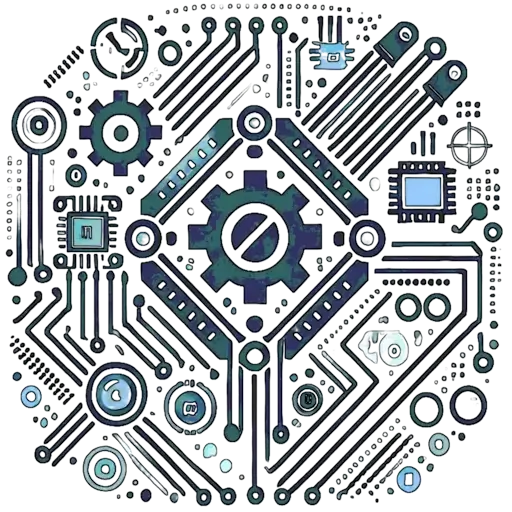

Difficulty Level: Intermediate
This project will guide you through building a digital scale using a load cell, HX711 amplifier, and an Arduino microcontroller. This system can measure weight and display it on an LCD or via a web interface (using an ESP8266).
Follow these steps to connect the load cell, HX711 module, and Arduino:
Use the code below to measure weight using the HX711 module:
#include "HX711.h"
// Pin definitions
const int LOADCELL_DOUT_PIN = 3;
const int LOADCELL_SCK_PIN = 2;
HX711 scale;
void setup() {
Serial.begin(9600);
scale.begin(LOADCELL_DOUT_PIN, LOADCELL_SCK_PIN);
Serial.println("Digital Scale ready");
scale.set_scale(2280.f); // Adjust this calibration factor
scale.tare(); // Set the scale to 0
}
void loop() {
Serial.print("Weight: ");
Serial.print(scale.get_units(10), 1); // Average of 10 readings
Serial.println(" kg");
delay(1000);
}
To calibrate your scale, replace the 2280.f value with a factor that matches your load cell. Use a known weight to determine the correct value.
You can connect a 16x2 LCD display to your Arduino to show weight readings in real time:
#include <LiquidCrystal.h>
LiquidCrystal lcd(7, 8, 9, 10, 11, 12); // Configure pins
void setup() {
lcd.begin(16, 2);
lcd.print("Weight: ");
}
void loop() {
float weight = scale.get_units(10); // Get weight
lcd.setCursor(0, 1); // Move to the second row
lcd.print(weight);
lcd.print(" kg");
delay(1000);
}
Upload the code to your Arduino and open the Serial Monitor to see weight updates. Adjust the calibration factor for accurate measurements.
By completing this project, you’ve built a functional digital scale. You can expand it with IoT capabilities using an ESP8266 or add logging and remote display features.
Next Steps: Explore how to integrate wireless connectivity for remote weight monitoring or add an SD card module for data logging.

If you have any questions or inquiries, feel free to reach out to us at Microautomation.no@icloud.com .
Follow our Socials for the newest updates!